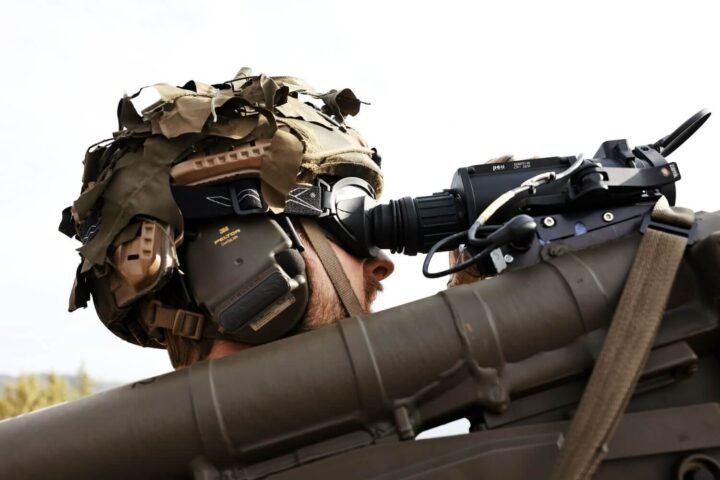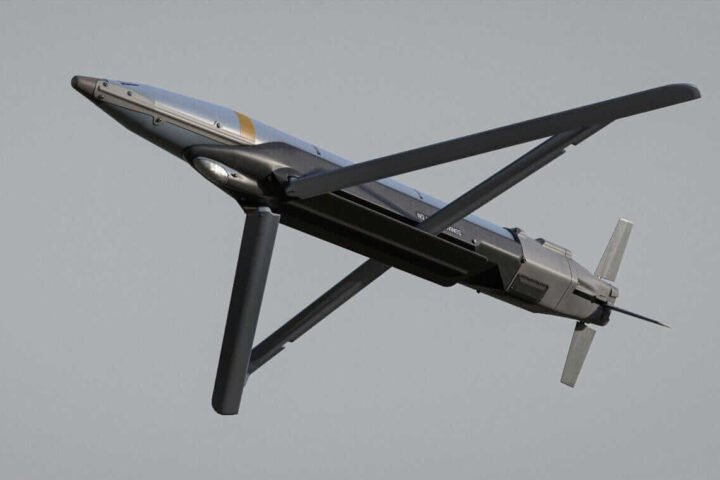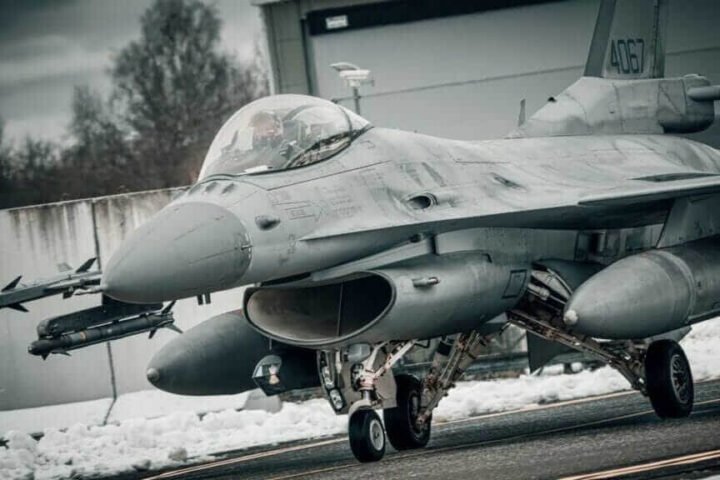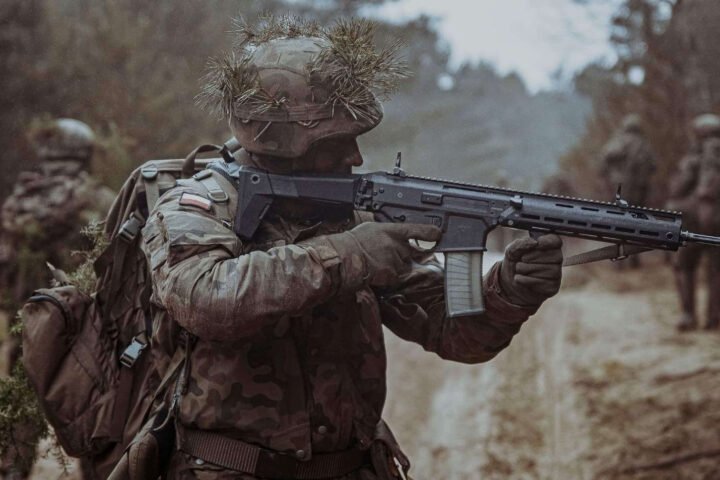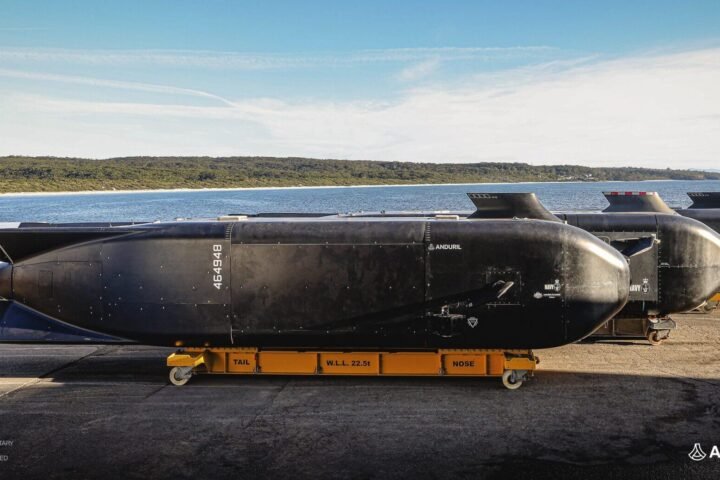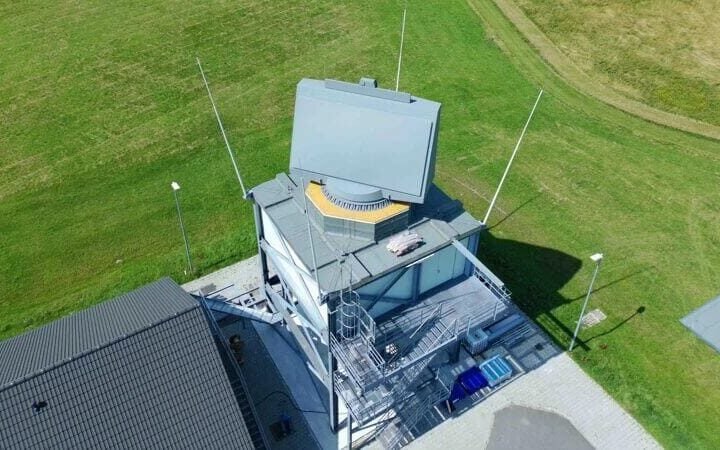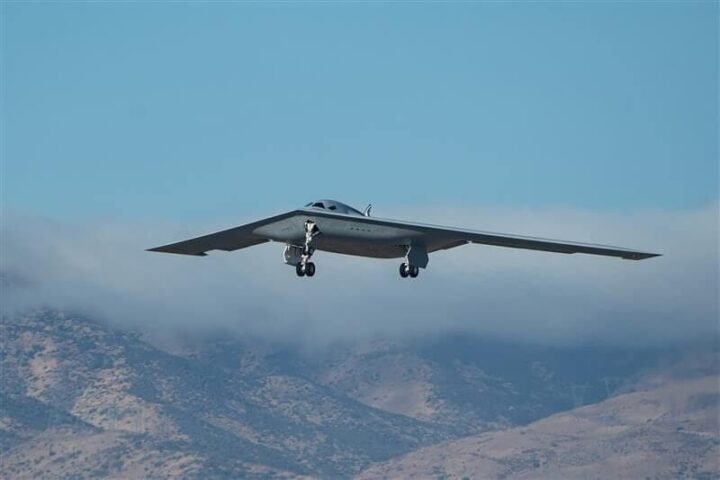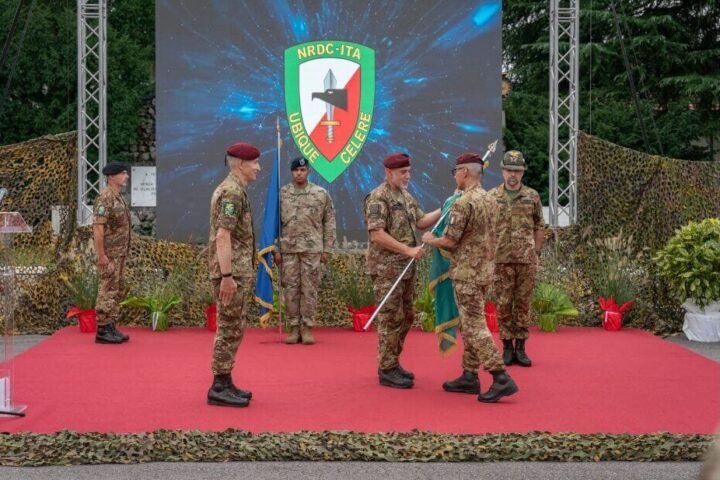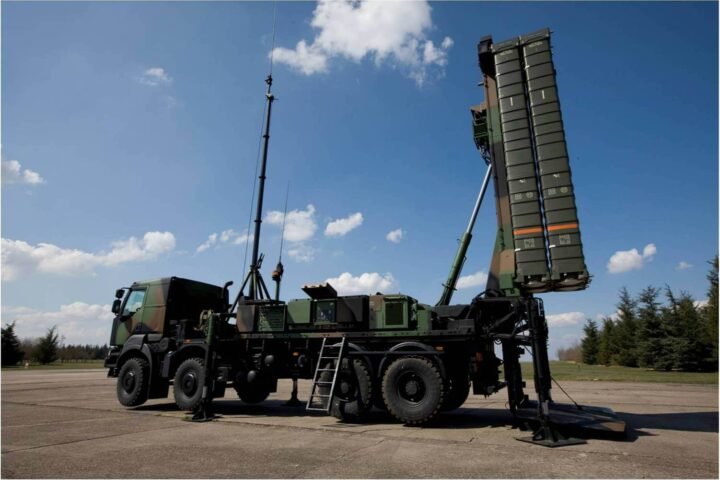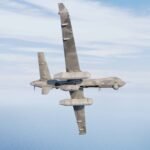The Armaments Agency of the Polish National Defense Ministry has signed an agreement with the PGZ-NAREW consortium worth a total of 5.8 billion gross PLN for the supply of up to 46 passive localization radar PET/PCL intended for NAREW short-range anti-aircraft and anti-missile systems.

The fixed order valued at about 3.9 billion gross PLN, equivalent to just under 920 million euros, provides for the delivery of 28 systems
The valued option of 1.9 billion gross PLN, equivalent to just under 450 million euros, covers the additional 18 systems.
The deliveries of the PET/PCL radar by the PGZ-NAREW consortium should take place between 2030 and 2038.
The Polish passive localization radar allows for continuous surveillance and reconnaissance of airspace independently of active radars, without emitting electromagnetic radiations, making radar stations undetectable by enemy systems.
Features of the PET/PCL Radar System
The radar of the PGZ-NAREW consortium is equipped with two subsystems, PET (Passive Emitter Tracking) and PCL (Passive Coherent Location) that allow, through a fusion module, the combination of signals coming from the subsystems, thus allowing the coverage of a wide frequency band.
The PET subsystem is based on the detection of signals generated by on-board transmitters of aircraft in flight, such as on-board radar, communication links, IFF (friend-or-foe) and navigation systems.
The PCL subsystem, on the other hand, uses signals coming from occasional transmitters, such as FM radio, DVB-T or GSM, which, once issued by aircraft in flight and received by individual stations, allow the detection and localization of such objects.
The combination of the PET and PCL subsystems and the implementation of a data fusion module result in a higher likelihood of detection, greater localization accuracy and more stable target tracking, as well as better functionality for the classification of flying target types through signal analysis.
Source and photo credit @Armaments Agency of the Polish National Defense Ministry


